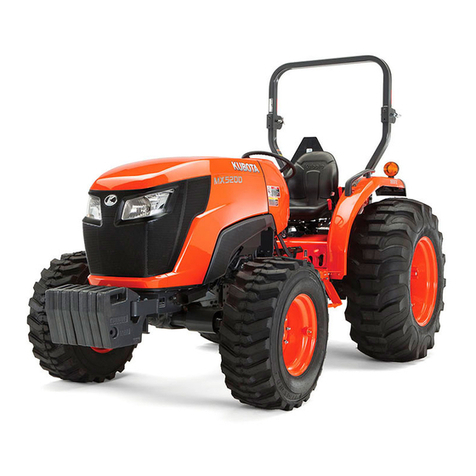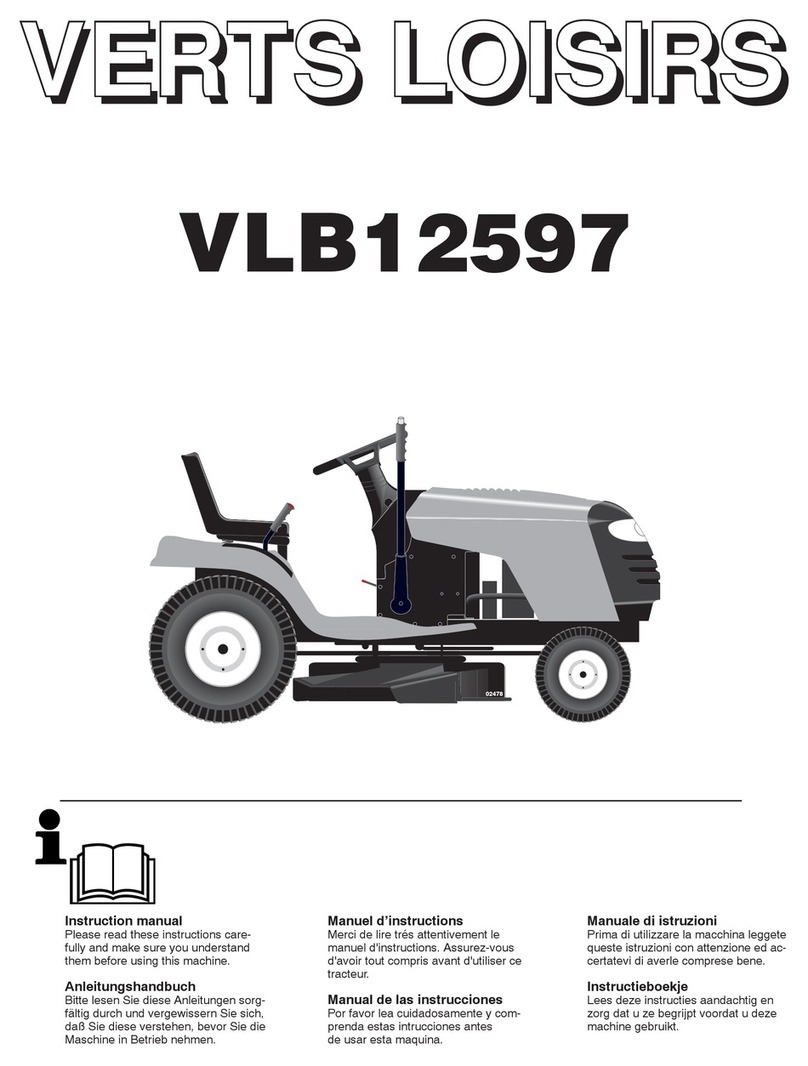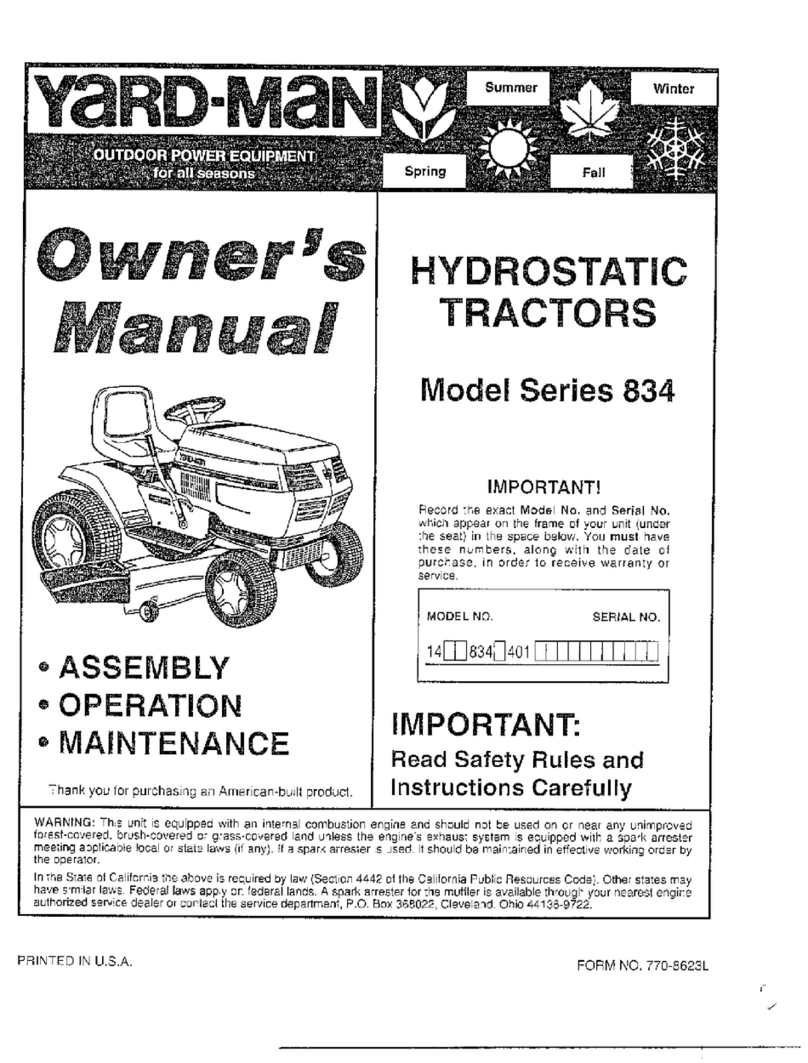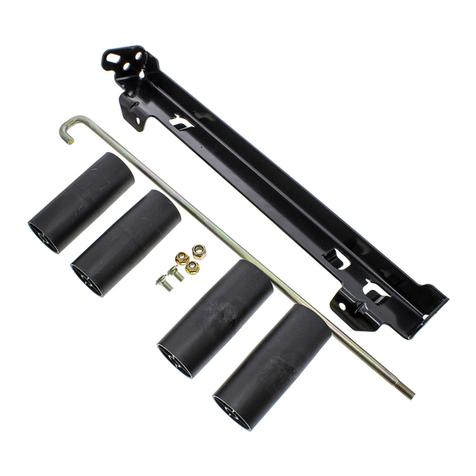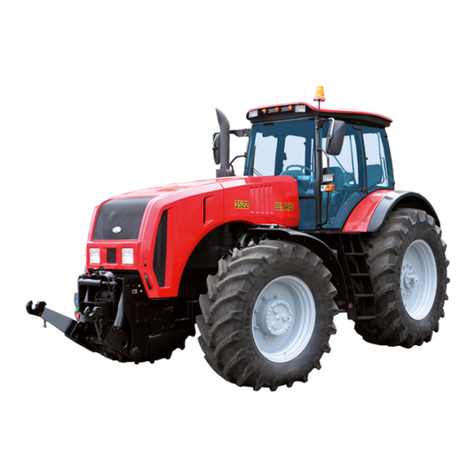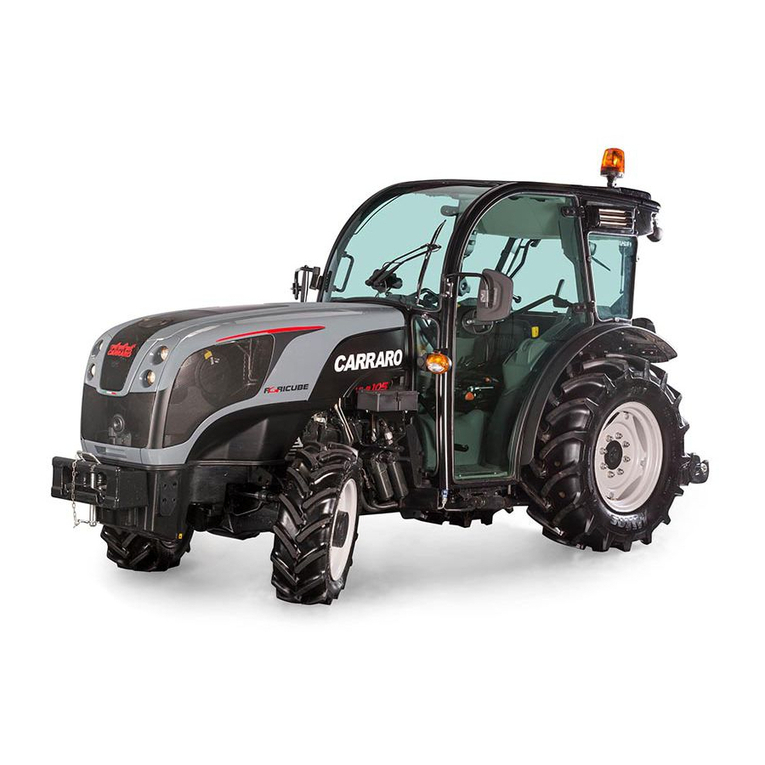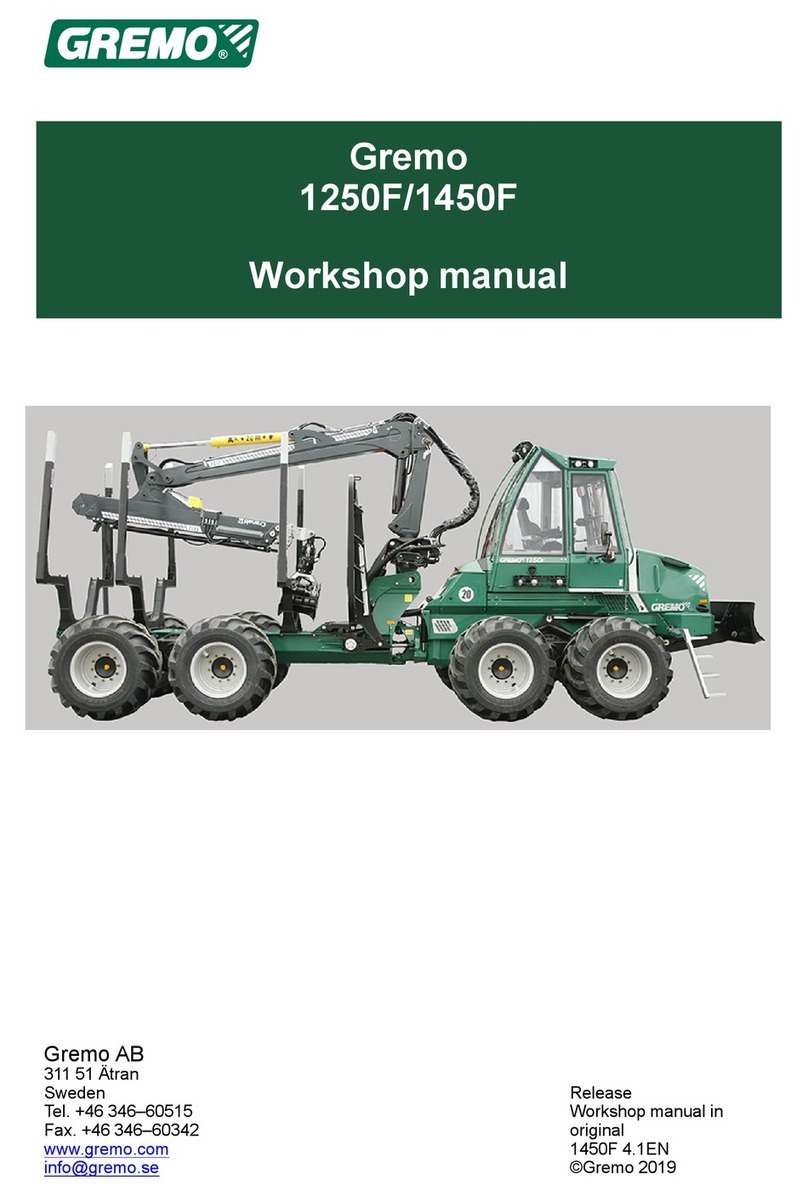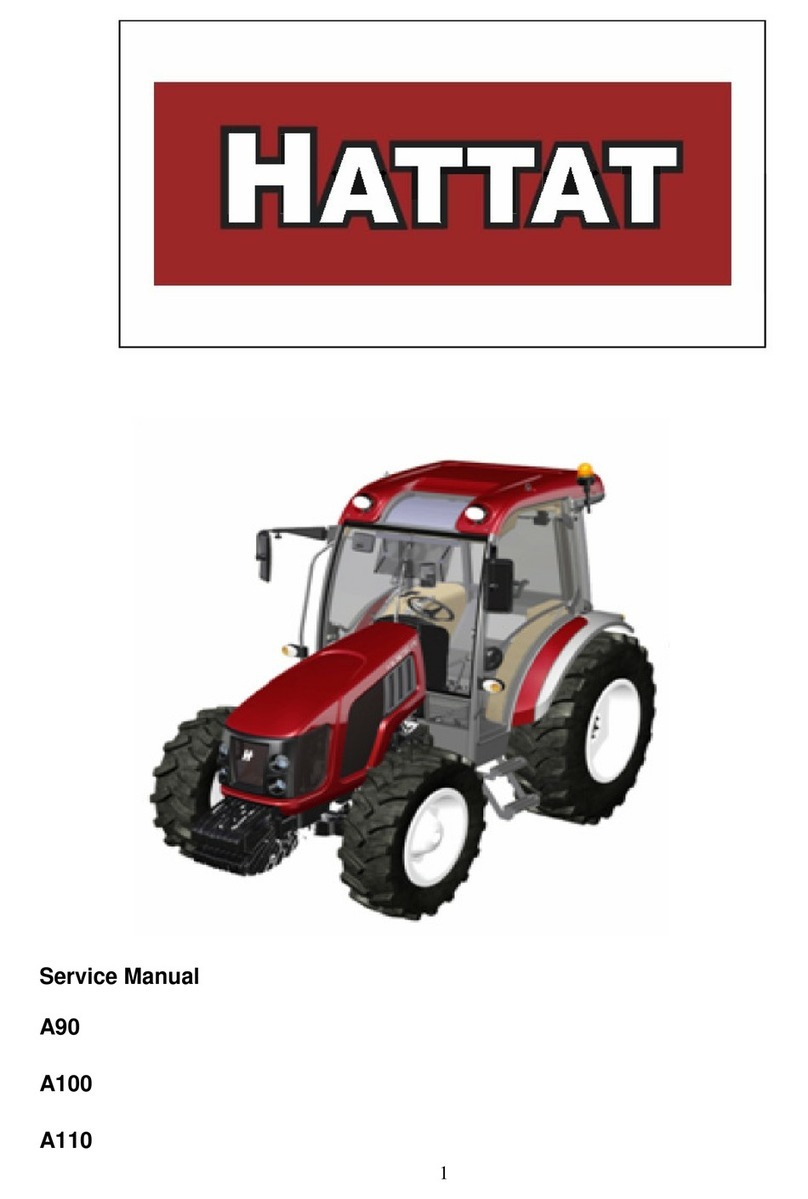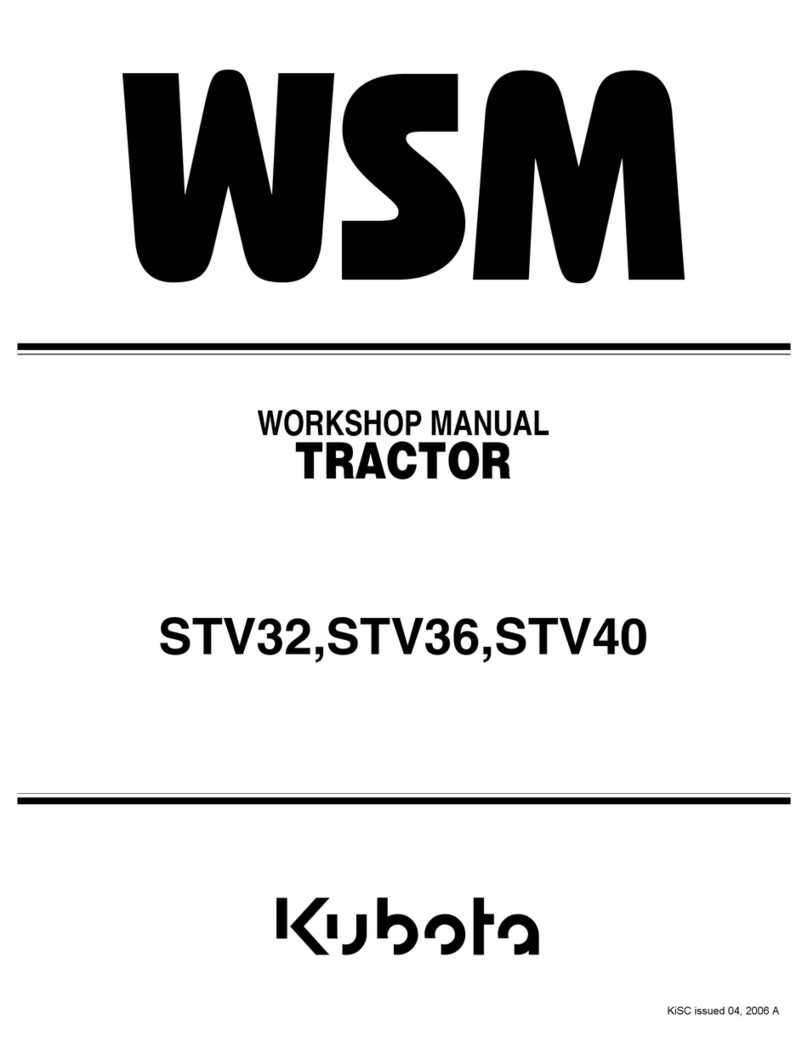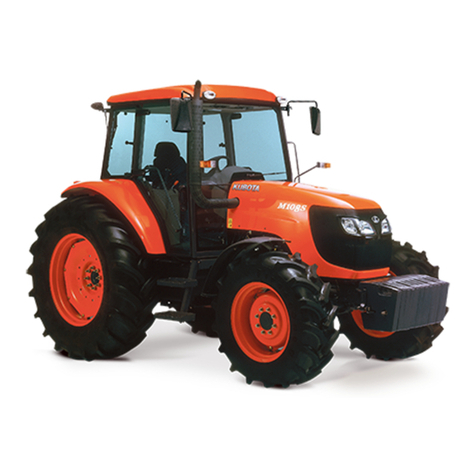Wheel Horse A Series User manual
Other Wheel Horse Tractor manuals
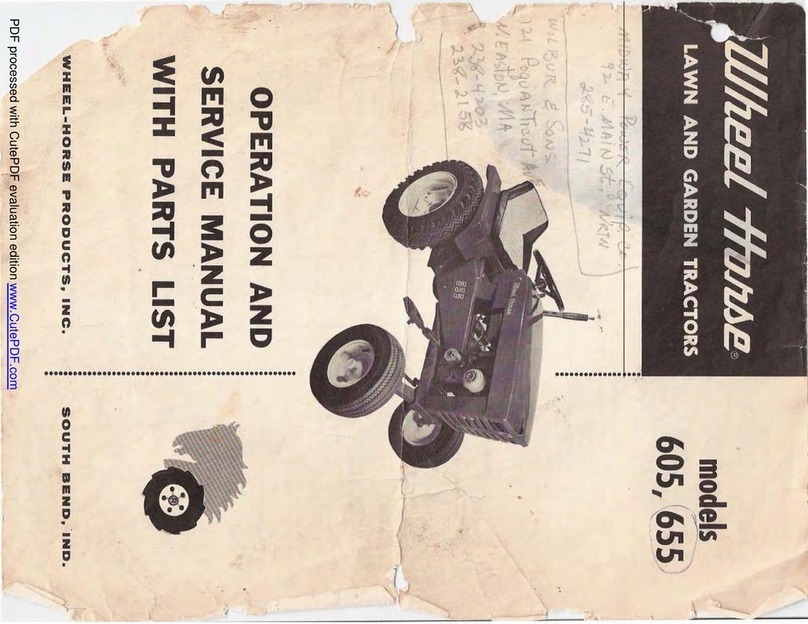
Wheel Horse
Wheel Horse 605 Troubleshooting guide

Wheel Horse
Wheel Horse 1-7441 User manual

Wheel Horse
Wheel Horse B Series User manual

Wheel Horse
Wheel Horse 1-3745 User manual

Wheel Horse
Wheel Horse B-81 Reference manual
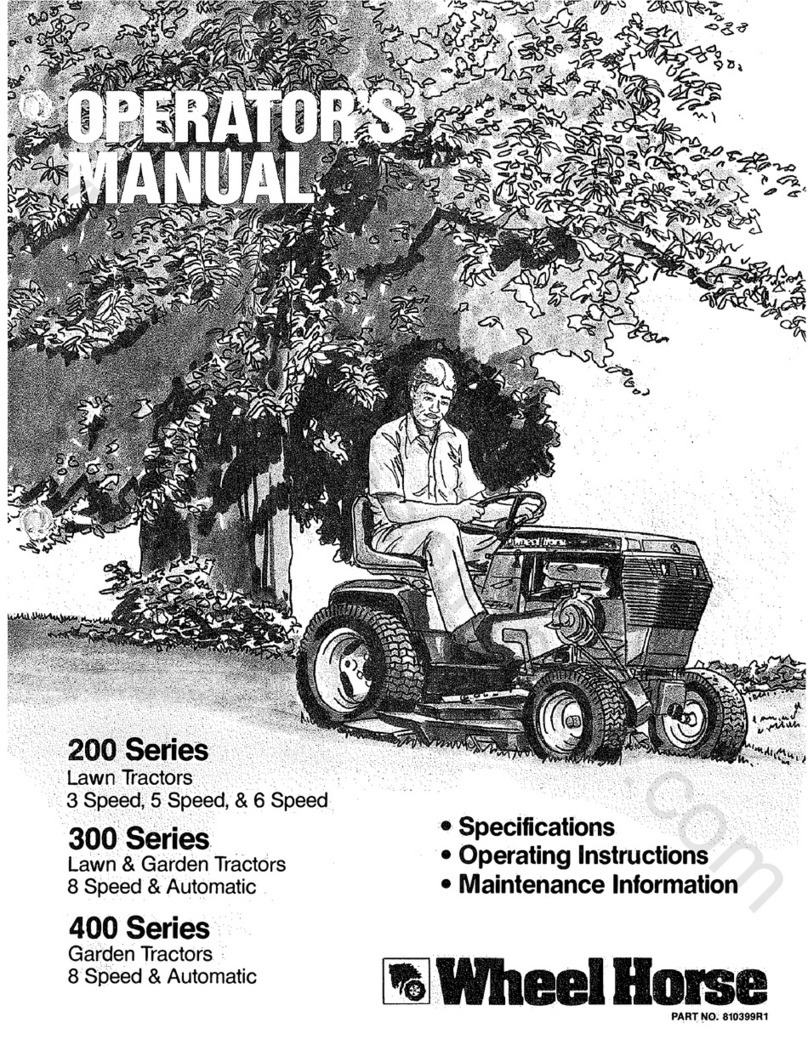
Wheel Horse
Wheel Horse 200 Series User manual
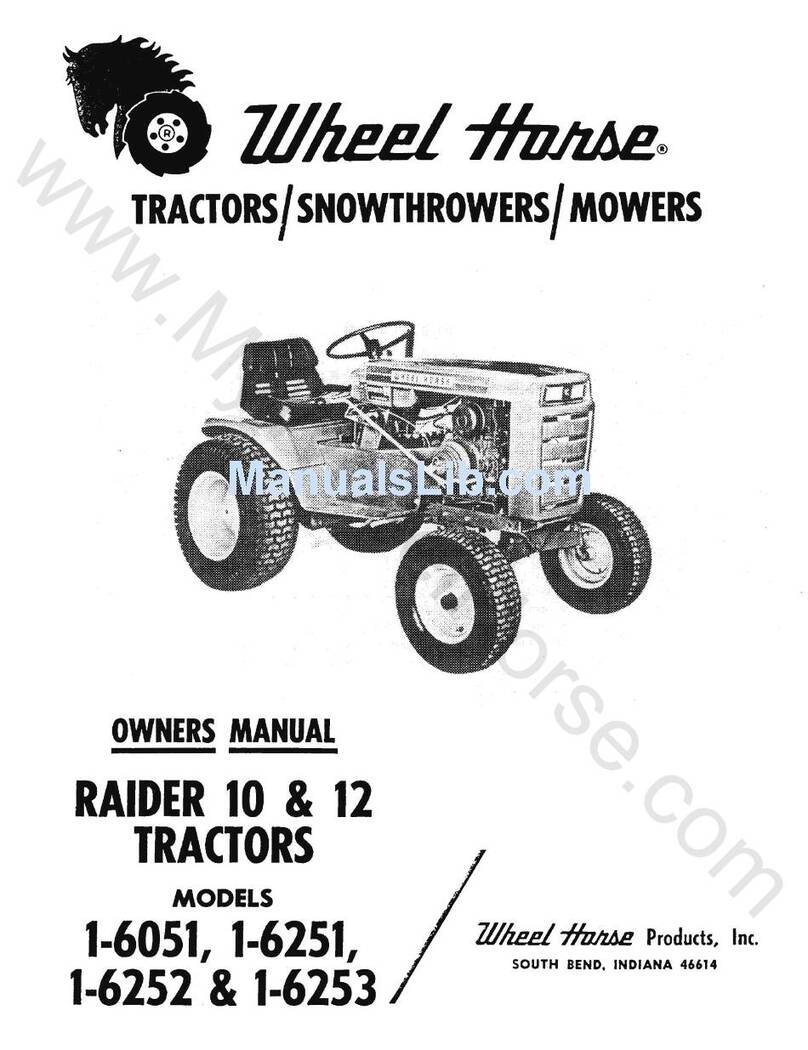
Wheel Horse
Wheel Horse 1-6051 User manual

Wheel Horse
Wheel Horse 208-4 User manual

Wheel Horse
Wheel Horse 867 User manual

Wheel Horse
Wheel Horse B-81 User manual





